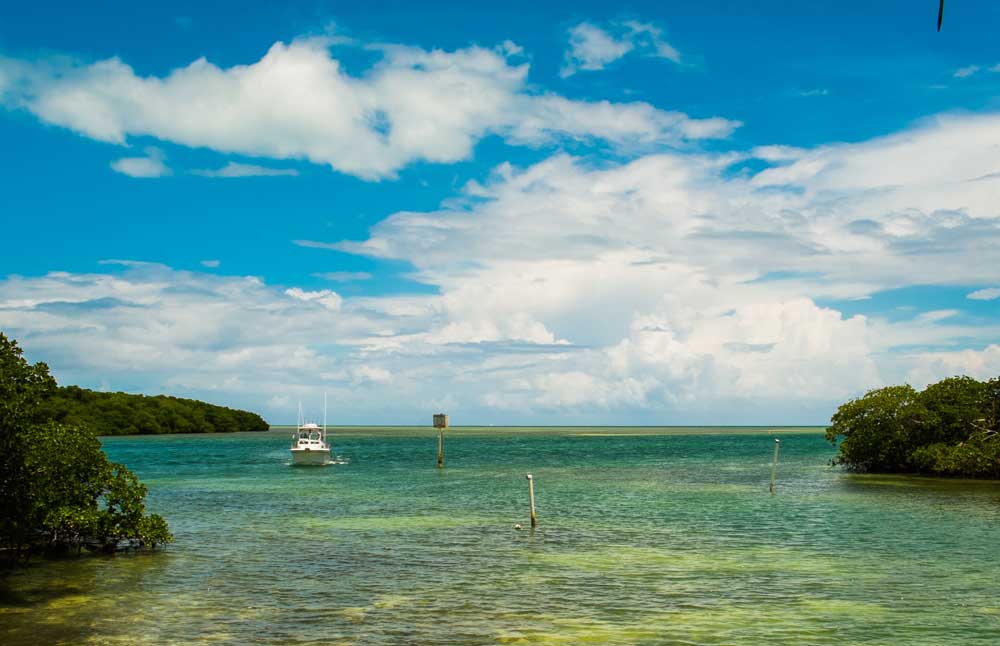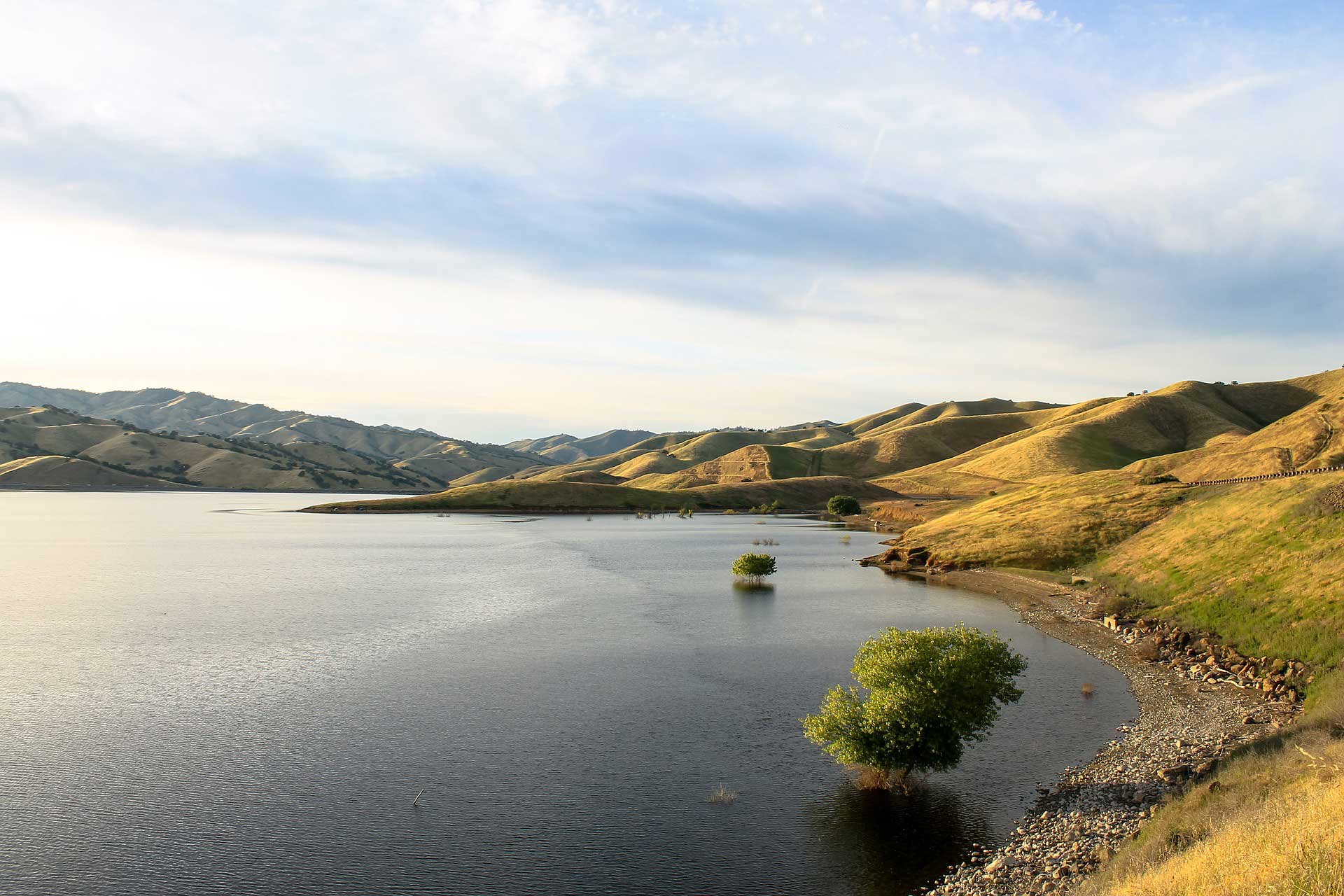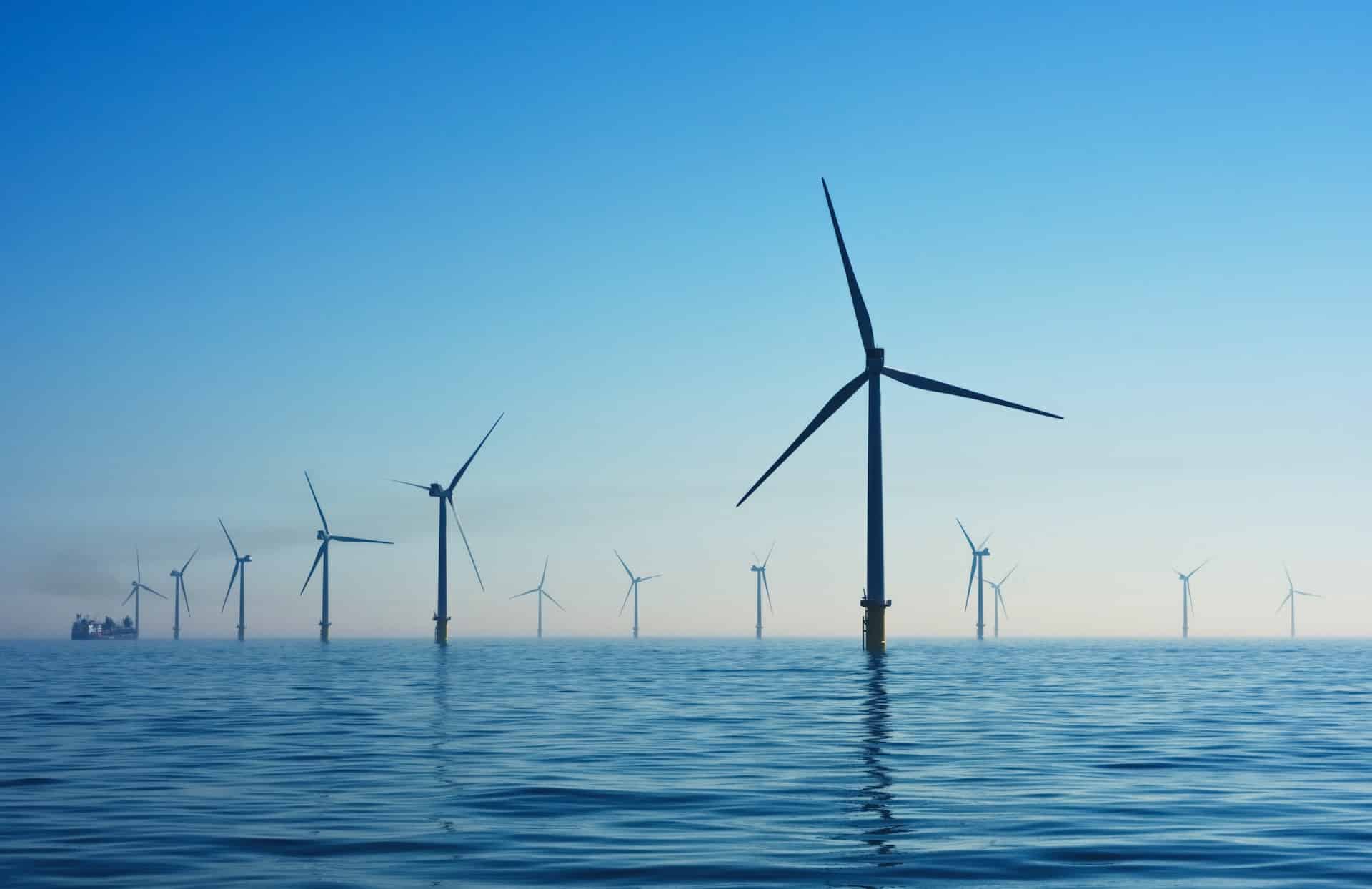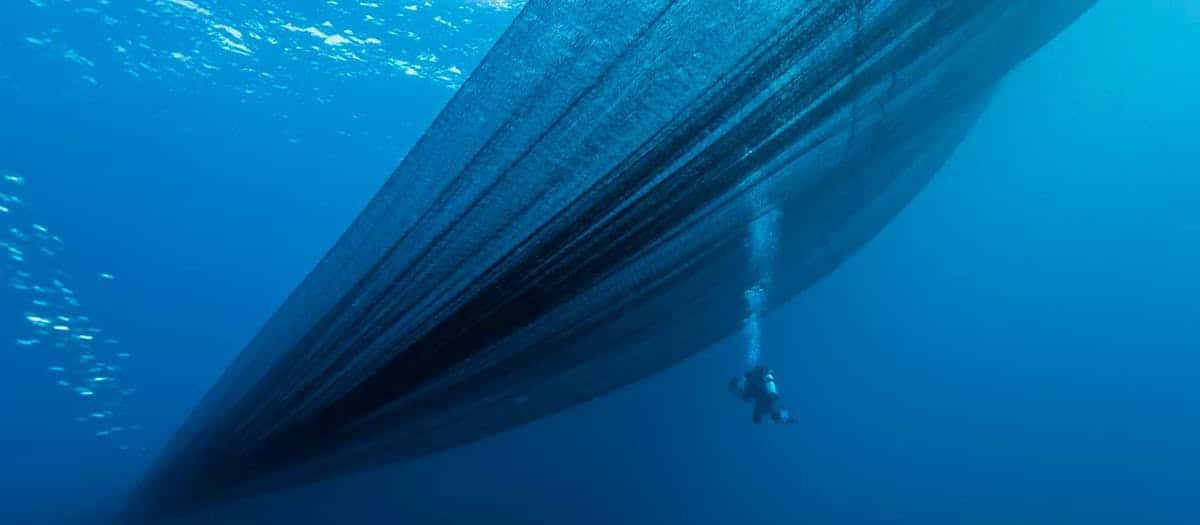Overview of the Issue
The Florida Keys are one of the most iconic waterways and popular outdoor recreation areas in the United States. Management of the Keys is tricky due to its popularity and the large amounts of species that spawn throughout the region.
The waters throughout the Keys are managed at the federal level by NOAA’s Florida Keys National Marine Sanctuary (FKNMS). FKNMS is developing a new General Management Plan (GMP) that could significantly impact fishing access and management of the Keys. ASA has been engaged on GMP revisions for several years and is working with FKNMS on a solution that allows fish populations to thrive without forcing unreasonable area closures on the public.
WHAT ASA is doing
Revising the GMP is spearheaded by the FKNMS Sanctuary Advisory Council, which is composed of various stakeholder organizations with vital interests throughout the keys, including recreational boating, environmental interests, commercial and recreational fishing, tourism and other activities. ASA’s Keep Florida Fishing Director Gary Jennings serves on the Sanctuary Advisory Council as an alternate position.
Despite the Advisory Council spearheading the changes, it holds no regulatory authority, instead offering input and advice to NOAA on how to best manage the waters. The Florida Fish and Wildlife Commission (FWC) is responsible for setting and enforcing fisheries management decisions in state waters of the FKNMS.
In August 2019, the Advisory Council released its draft “restoration blueprint,” an extensive and complex document that highlighted four sanctuary alternatives. The four alternatives offered variations of the following: (1) changes to the sanctuary boundary; (2) update regulations across the entire sanctuary; (3) modify existing marine zones and create new ones; (4) update marine-specific regulations; (5) update the sanctuary management plans. In response to the drafts, ASA submitted comments calling for the FWC and Fishery Management Councils to lead on fisheries issues, to modify/simplify/reduce marine zoning and asking for additional enforcement and education plans. ASA also noted the significant impacts these proposals would have on water quality throughout the sanctuary.
Following the concerns raised by ASA and other conservation partners, FWC implemented a one-mile, four-month spawning season “no fishing” closure at Western Dry Rocks. This spawning season will protect mutton, mangrove, mahogany, yellowtail snapper, permit and black grouper. Due to the importance of this area closure for multiple species, that it only covers a smaller area and that it’s a targeted season, ASA supported this measure.
In late 2022, the Sanctuary released its draft rule to implement a “Restoration Blueprint.” The draft rule incorporated suggestions from the 2019 draft plan’s public comment period, including some offered by ASA.
ASA worked with a coalition of local, state and national recreational fishing organizations on a comment letter that supports broad consensus recommendations on the draft rule and overall management of the FKNMS. ASA looks forward to continuing to emphasize our organization’s position on management of the sanctuary.









